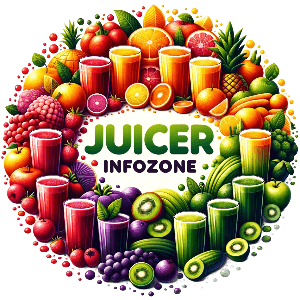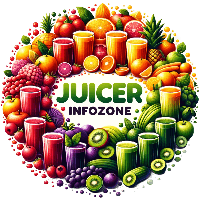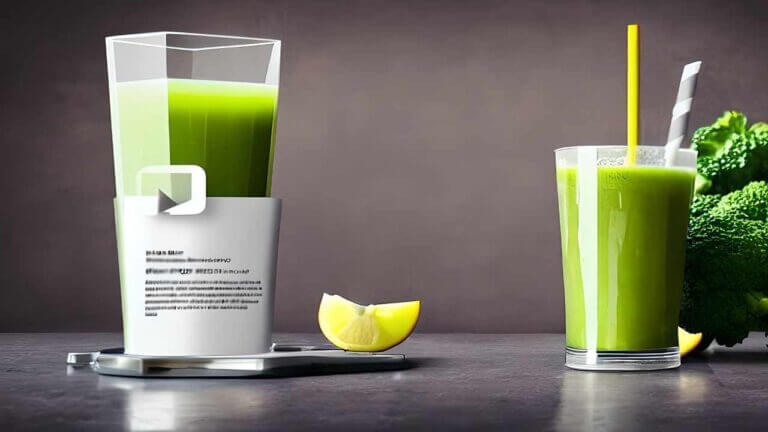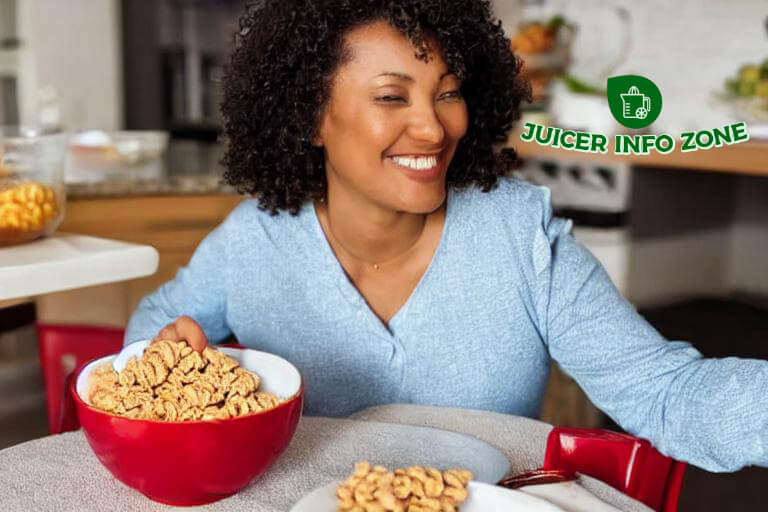Fiber is the Key for Health & Weight Loss
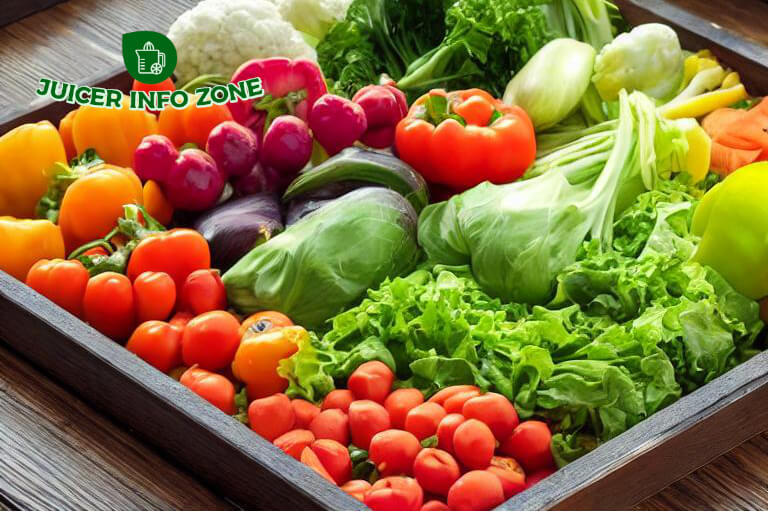
Fiber is one of those dietary needs that always seems to be the last on the list. Part of the problem is that it’s just darned difficult to eat the amount of fiber you need every day.
The typical diet has a person taking in about 10 grams of fiber a day. The USDA recommendation is 14 grams for every 1,000 calories ingested but for those trying to lose fat, most health experts recommend getting between 40-50 grams a day.
If that doesn’t sound like a lot of fiber, go grab the foods you eat every day and check the labels out. You’ll soon realize that fiber isn’t something that comes in abundance, even for those who overeat on a daily basis.
Whats the Deal With Fiber?
If you’re wondering why fiber is so important, you need only look at the effect it has on fat loss. Fiber is the only carbohydrate source that the body cant use in the way that it uses other carbohydrate sources, those being sugar and starch.
The digestive system cannot burn fiber for energy as it does with sugar and starch carbohydrates. Fiber tends to travel through your digestive tract and leave your body in much the same state it entered. However, during the travel, fat molecules attach to fiber and they stay attached all the way to the colon. Goodbye fat and thank you fiber!
Don’t use this strategy for entering a hot-dog eating contest though as the amount of fat is negligible and your body can only stand so much fiber. You’ll know if you’ve exceeded the limit when you make a mad dash to the restroom in an effort to do your business.
Fiber also stabilizes blood sugar which maintains insulin levels in the body, a key element of burning body fat. Stay away from fiber after a hard workout with the weights though, as this is the one time an insulin spike can work in your favor.
2 Kinds of Fiber
There are two kinds of fiber; soluble and insoluble.
Ideally, you want to get a mix of both in your diet. Soluble fiber, as its name implies, dissolves in water and insoluble fiber does not.
Soluble fiber slows digestion. Common soluble fiber sources are oat bran, lentils, nuts, beans, some fruits and vegetables.
Insoluble fiber helps food to pass more quickly and its great for relieving constipation and it softens the stool. Common sources are also vegetables and fruits as well as wheat bran and whole grains.
While food labels don’t distinguish between soluble and insoluble fiber, some labels are kind enough to include Net Carbohydrates, which are those carbs remaining after fiber (indigestible carbs) are subtracted.
How Do I Get More Fiber?
Back to the fiber dilemma. How do you get more? Its difficult enough to plan macro-nutrient intake every day for a goal of weight loss, but calculating fiber in on top of that is often just asking too much.
One of the easiest methods of upping your fiber intake is to keep avocados and Navy beans on hand. Both are some of the highest sources of fiber at 13.5 grams p/ avocado and 10 grams p/ half cup of Navy beans. Throw in a medium apple a day for another 4.5 grams and you’re close to your daily recommended intake.
But hey.. we’re guys and were simply not going to cook Navy beans every day right? No problem.
One of the best fiber products to hit the market in recent years is Mission Carb Balance whole-wheat tortilla wraps. They taste great, you can substitute them for bread, eat them with practically anything and they are loaded with a ton of fiber.
The small wraps are only 80 calories with 13 carbs and a whopping 10 grams of those are fiber! Each tortilla also has three grams of protein and two grams of fat. Get these and eat your burgers on them. You’ll love them.
Fiber is a great tool in your losing fat arsenal but its also a superb way to ensure a healthy colon so get the RDA and then some.
